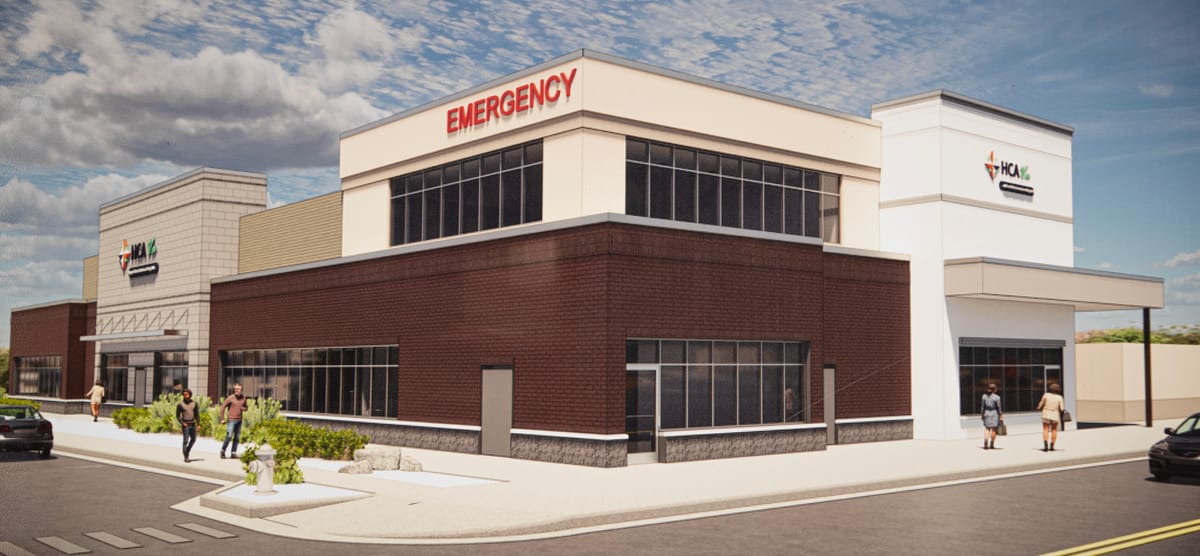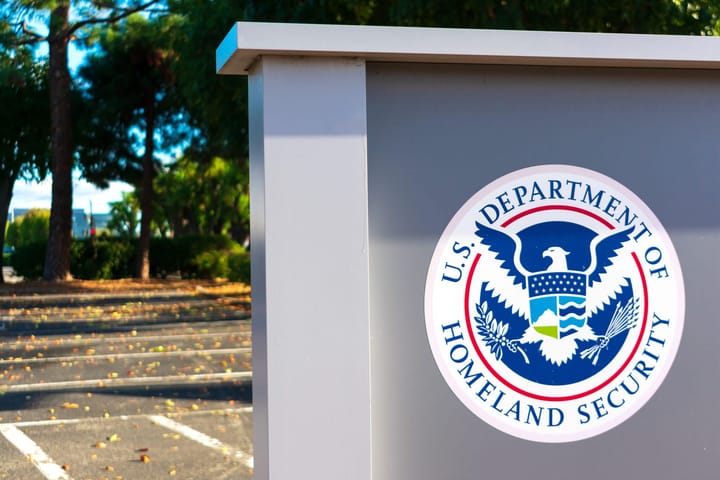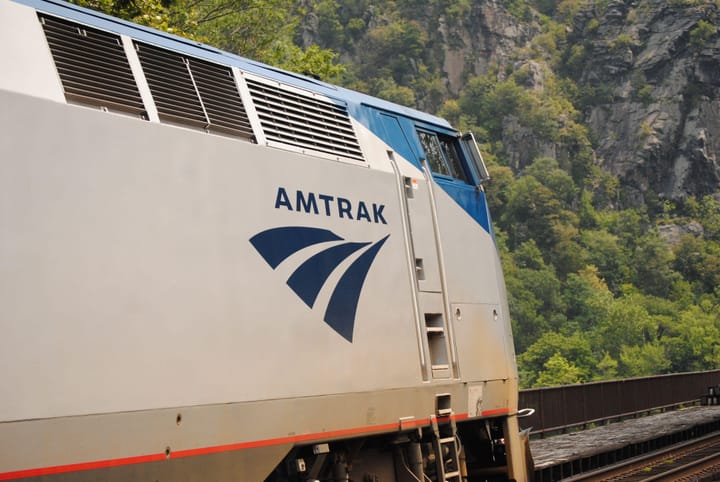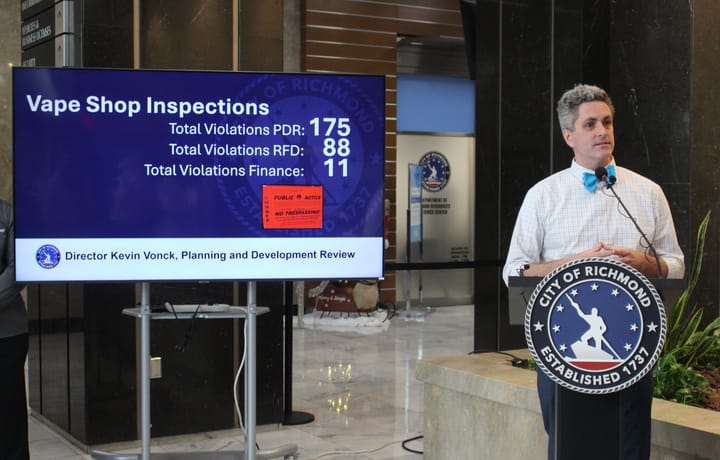Scott's Addition will get a freestanding ER, joining a nationwide trend

Henrico Doctors’ Hospital is building a new 24-hour freestanding emergency room in Scott’s Addition, the first full-service emergency health care facility in a neighborhood known for nightlife and new construction.
The hospital, part of HCA Virginia Health System, broke ground Oct. 2 on a $17.8 million, 12,000-square-foot freestanding emergency room known as Scott’s Walk ER, located across from The Diamond at 1801 Ellen Road.
When it opens mid-next year, the emergency room will be staffed 24 hours a day, 365 days per year with board-certified physicians and staff, and provide the same services as emergency rooms located within hospitals, according to the company.
The Scott’s Addition location will be the ninth freestanding emergency room for HCA Virginia; a tenth location is planned for Chesterfield. It’s part of a nationwide trend of hospitals across the U.S. building more freestanding ERs.
In 2022, the U.S. had 841 freestanding emergency rooms, compared to 669 in 2017, according to the Emergency Medicine Network.
“Scott’s Addition is a burgeoning neighborhood within an area we already serve through the reach of Henrico Doctors’ Hospital,” said Wes Hester, director of media relations for HCA Healthcare Capital Division. “Locating a freestanding emergency room here allows us to bring vital emergency services closer to our patients.”
Other central Virginia health care systems are employing the same strategy, including Bon Secours, which has four freestanding emergency departments in the Richmond area. The first one, in Midlothian, opened in 2011, followed by a location in Short Pump in 2018. Since then, the company has opened freestanding ERs in Chester and Colonial Heights.
Cedric Dark, associate professor at Baylor College of Medicine in Houston, Texas and a practicing emergency physician, said it’s true that freestanding emergency departments often provide essential services to underserved communities.
“You don’t always need to have a full-fledged hospital in every single community, but you do need emergency care in every community. And freestanding emergency departments offer that,” he said.
Since offshoots of larger hospitals are usually fully integrated with the health care systems they serve, they accept the same insurance plans. But patients can sometimes confuse freestanding ERs with urgent care facilities and end up with a hefty bill later, Dark said.
Freestanding emergency departments can also offer burnt out physicians, nurses, and staff a nice reprieve from the daily chaos of in-hospital emergency rooms, Dark said.
“Anecdotally I can say that the practice environment is nicer in a freestanding [ER]. I can do better medicine as a physician because I have time to think. My nurses are not so busy that it takes them a long time to get medications or draw blood,” he said. “It is a very tough field to do for a long time.”
Scott’s Walk will have walk-in and covered ambulance entrances, 11 ER rooms, a fully-equipped trauma bay, on-site laboratory testing and advanced imaging for diagnostics and testing like CT scans and X-rays, according to a LinkedIn post from the hospital.
Dark said that health care networks tend to build freestanding ERs or other facilities in rapidly-growing areas, a definition that applies to Scott’s Addition. On the flip side, however, he said it makes financial sense for health care systems to open facilities with growing populations and high rates of insurance.
“It’s the same thing as Starbucks and Chick-fil-A. Just like any other business, that's what's going to happen,” he said. “This is why I say the real decisions fall on policy makers. If you really want places that are underserved, you need to provide incentives for those things to be placed there. What those incentives are is up to them.”






